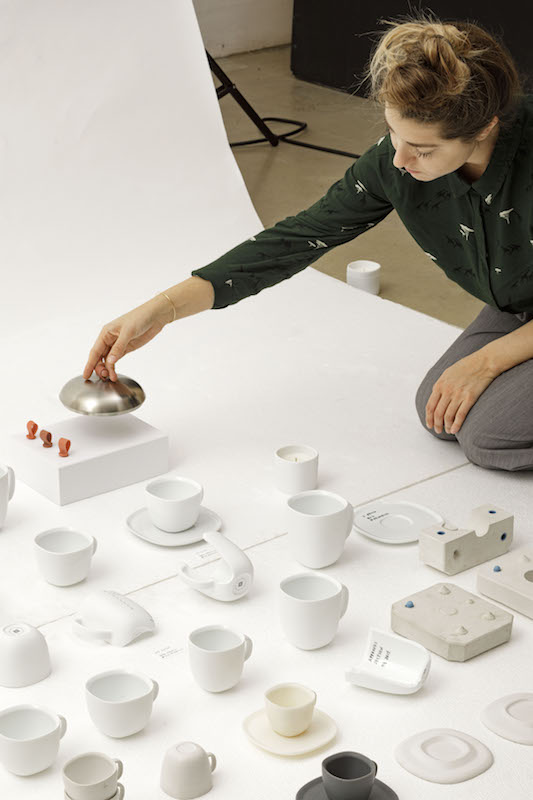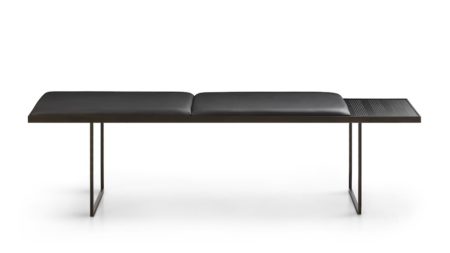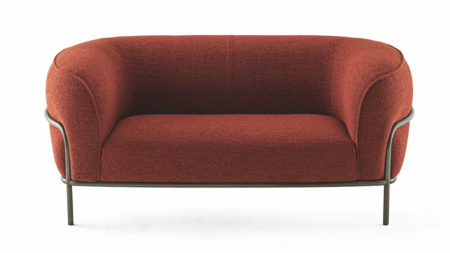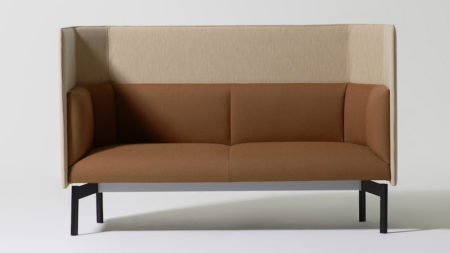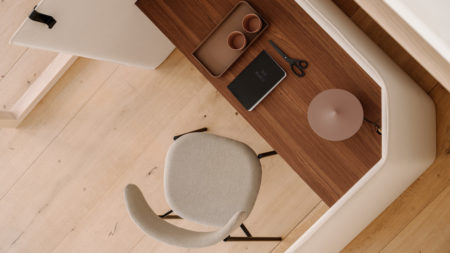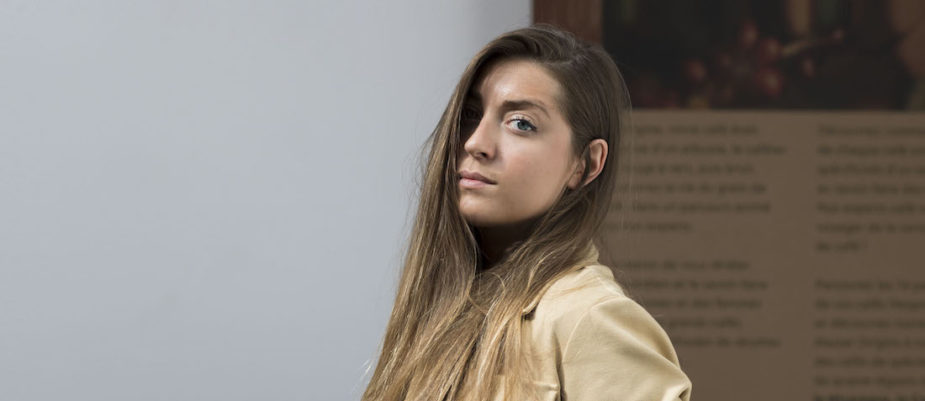
It is not easy to find a “young” designer, with so much experience and such a high number of collaborations for prestigious companies and international brands.
For the “Ways of Designing” column, WOW! meets Federica Biasi, born in 1989, who with her consistent approach and her clean, soft and detailed style has conquered brands such as cc-tapis, Coin Casa, Lema, Gallotti & Radice, Fratelli Guzzini, Manerba, Mingardo, Nason Moretti, Potocco, Nespresso , Fest Amsterdam, Imetec, Pode.
Her experiences began very early when she moved to Amsterdam after graduating from the European Institute of Design in Milan.
There she trains herself to identify emerging trends and approaches Nordic design with her aesthetic made of simple shapes.
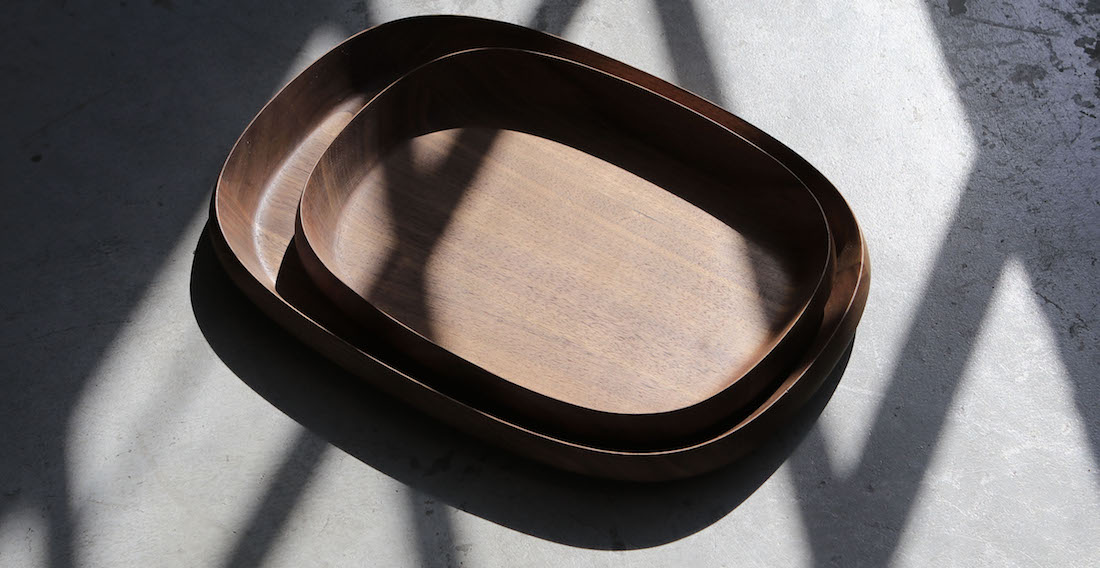
As she explains, she did not have a single Master who left a strong mark in her training, sometimes inspiration come from craft, films or photographs or from travel and nature.
Manual work and tradition have often led her to find innovative details and solutions, almost imperceptible to the end user. And this ability to “hide” functionality in a gentle design is rightly proud.
Although she never credits herself for it because she is a supporter of teamwork and believes projects born sharing ideas with her team, with companies and with suppliers.
Achille Castiglioni quoted “We should design starting from what we shouldn’t do”. In your opinion, what should NOT be done when designing?
We absolutely must not neglect to take into consideration the people, the final user; I think it is incorrect to only design the style of a product, overshadowing that this product must then be used.
An example of this approach is the Lume cups collection we recently designed for Nespresso: all the aspects related to its use, although hidden in the aesthetics, are strongly present.
In all products I try to hide “the secret”, the use within the detail, without exposing it even if it is always thought of.
This is a beautiful aspect of the profession of designer, we don’t have to let everything that is hidden out.
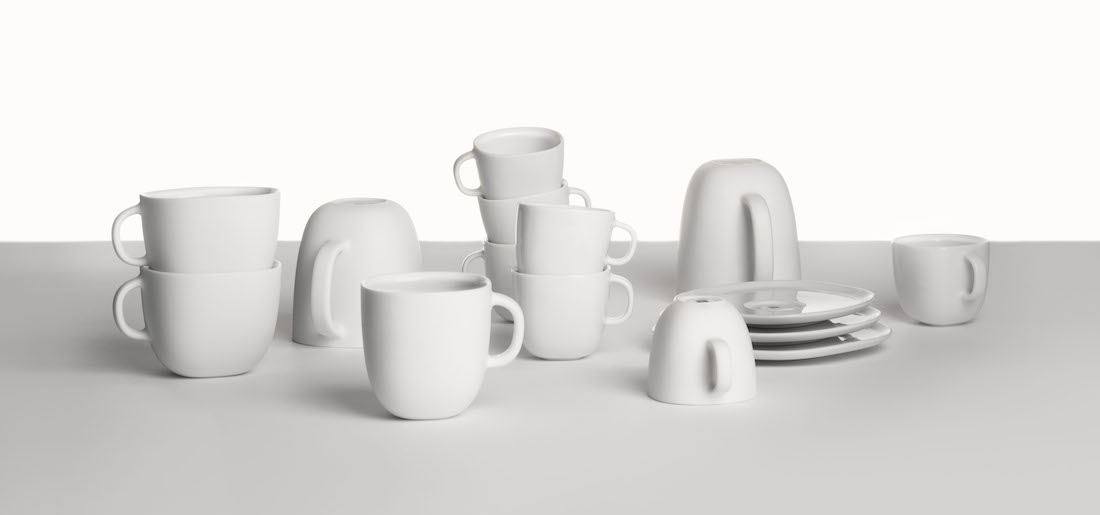
Are there cultural contaminations and common elements between the different sectors in which you project?
I really like working on different scales from accessories, to furnishing, to interiors. It is not a question of scale, but of applying a specific approach to the project, valid for any product and every time it is a new challenge.
Which elements characterize your approach to design?
In addition to a human centered approach, there is always a strong part of research on what has been, what is there and what will be, also including a social analysis.
But, no less important is the company I design for: the design also changes according to that, and the best products are born when there is a good synergy with the client.
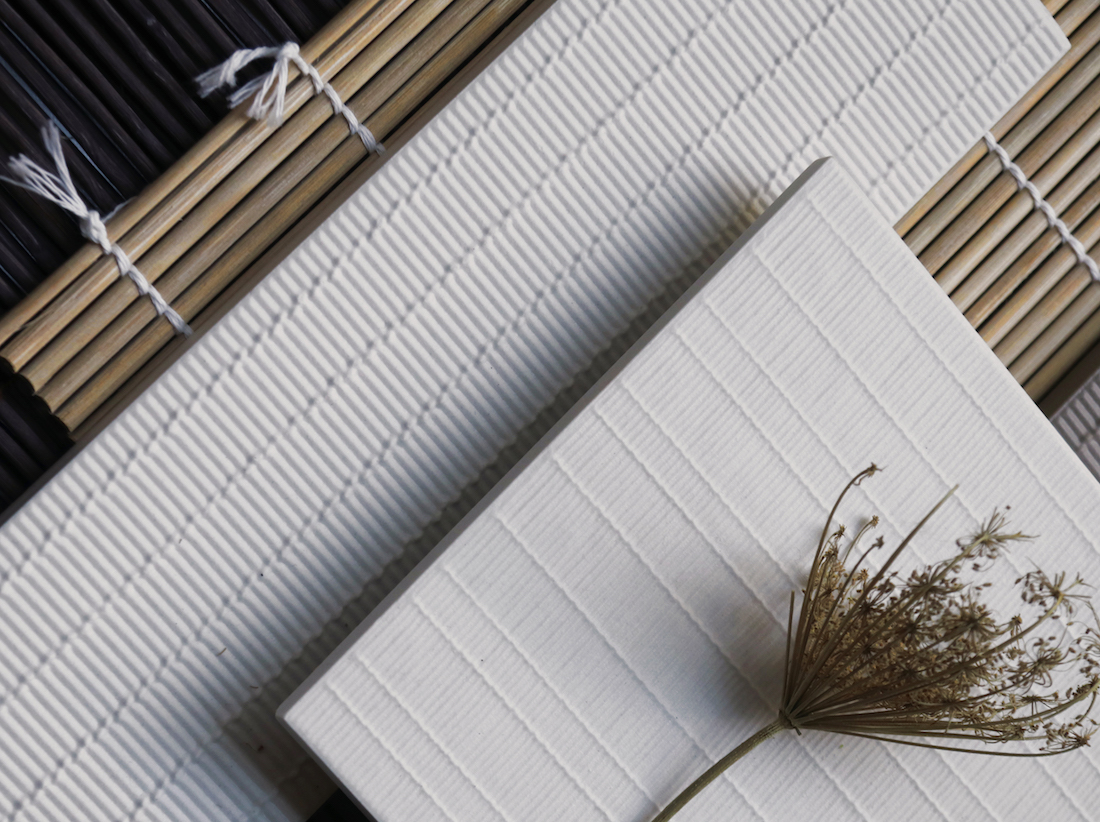
How new lifestyles and ways of working are impacting on product design?
The pandemic has imposed big changes, but a designer must know how to anticipate new lifestyles and workstyles.
For example, the Kokoro sofa system for Manerba was conceived before the covid, because it was already perceived that people need to isolate themselves in large spaces.
Now that distancing has become a social need, we realize it is not necessary ad hoc products.
For example, screens that were used for acoustics prove to be perfect as spacing barriers.
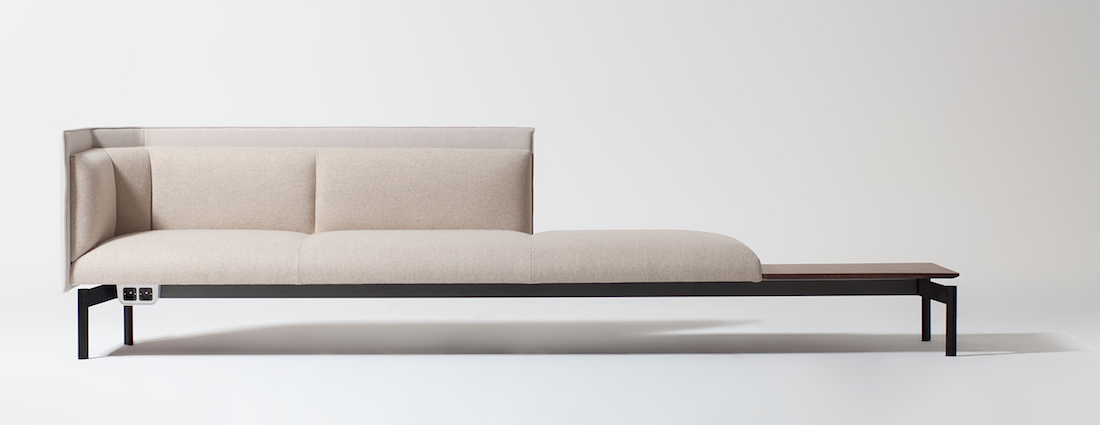
Which kind of scenarios and evolutions do you expect for the workplace and the ways of working in the near future?
I imagine a future that will be contaminated much more and much faster by something we hadn’t considered, like working from home.
A reality that other countries had already experienced before us.
But I believe and hope that we should never go back to work as before.
Explanatory is the claim we created with Manerba for Milano Design Week 2021: “wherever you feel”: everyone must be able to work where they feel best.
Why do we have to force people to work in a specific place?
There are those who prefer to work at the bar or at home, in an armchair but also at a desk (I, for example, feel comfortable working at a desk).
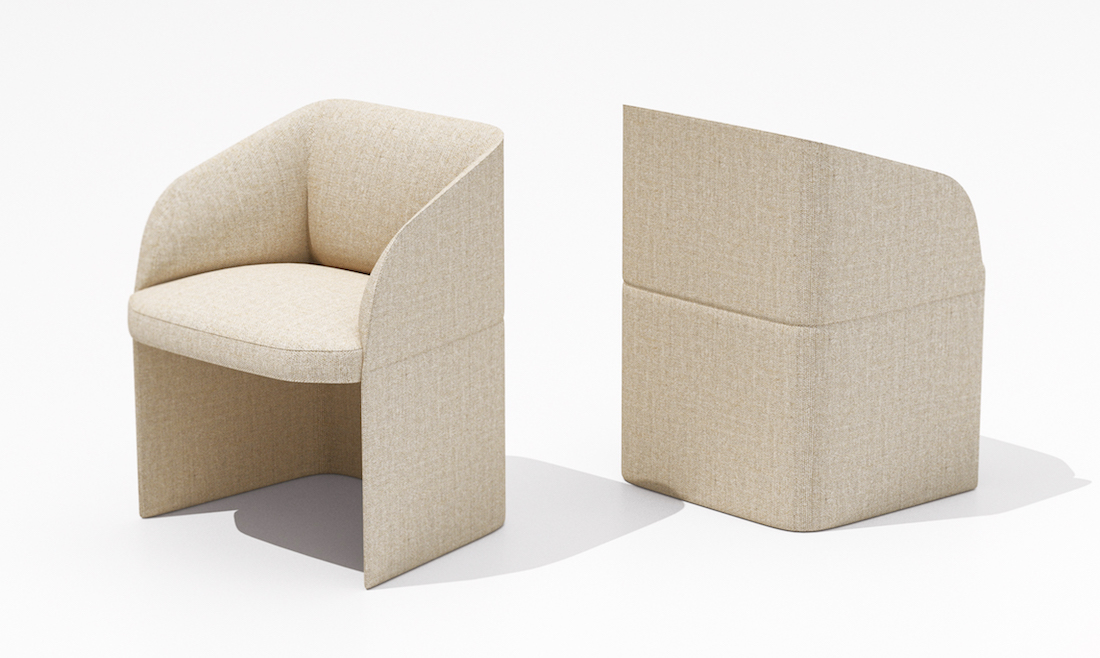
Work furniture must meet these needs and provide everything needed to allow people to work wherever they feel comfortable.
We must be able to manage not the space, but the product within the multitude of possible workspaces.
In the future I believe that the workspace will no longer be a space, the product itself will become a workspace.
